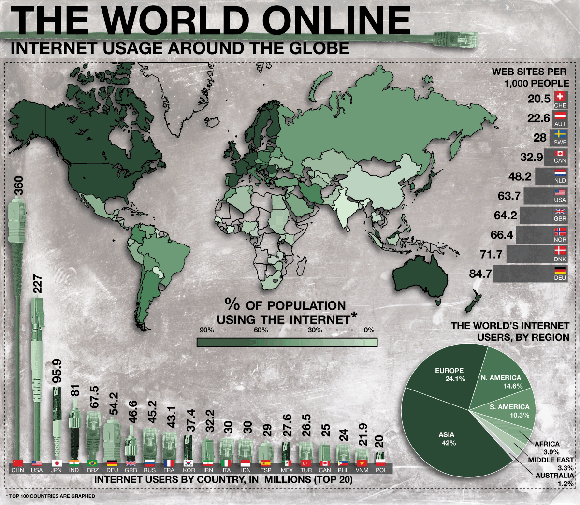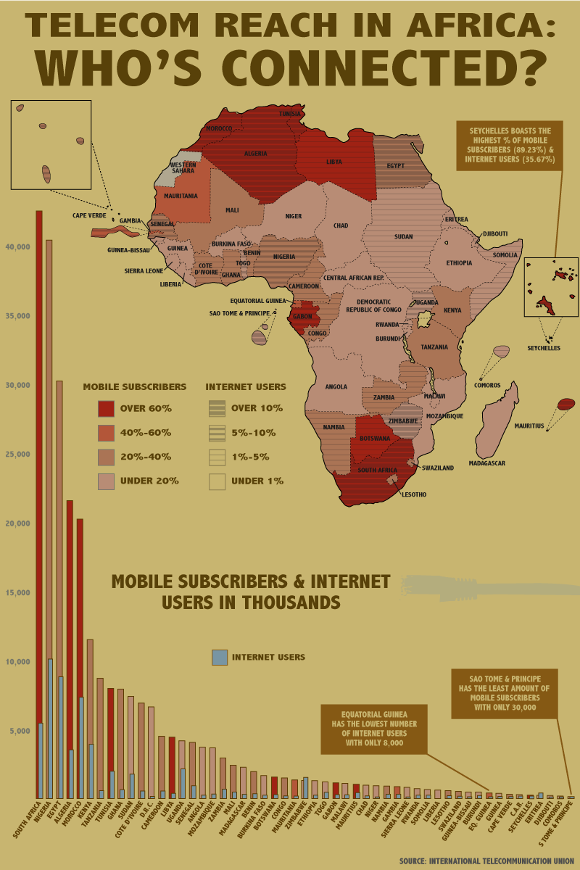It’s in German only, sorry folks, but Jiré Emine Gözen’s doctoral thesis ‘Cyberpunk Science Fiction’ (2012) is exactly what we need. Here’s the ↑publisher’s official description:
Die Cyberpunk-Literatur – eine kurzlebige, aber bis heute einflussreiche Strömung der 1980er Jahre. Als erste ausführliche Auseinandersetzung mit den nahen Zukunftswelten der Cyberpunk-Literatur zeigt dieses Buch, wie das Genre mit seinen zentralen Topoi der Verschmelzung von Mensch und Maschine medientheoretische Konzepte in sich aufnimmt, fiktionalisiert – und letztendlich fortschreibt. Neben der Auseinandersetzung mit Cyberpunk und Medientheorie des 20. Jahrhunderts präsentiert Jiré Emine Gözen einen ausführlichen Überblick über die deutsche und anglo-amerikanische Science-Fiction-Forschung sowie die künstlerische Umsetzung postmoderner Ästhetik und Wirklichkeitsdarstellung.
The ↑table of contents and introduction [.pdf | 1.5MB] are downloadable, and here’s a snippet from ↑Rolf Löchel’s review:
In ihrer Analyse der medientheoretischen Bezüge des Cyberpunk, vertritt Gözen die These, dass in den “Weltentwürfe[n]” des Genres eine “künstlerische Verarbeitung von Medien- und Gesellschaftstheorien” auszumachen sei. Als “Denker”, deren Einfluss auf die Cyberpunk-Literatur am deutlichsten hervortritt”, nennt die Autorin Marshall McLuhan und Jean Baudrillard. Allerdings habe der Cyberpunk den Medientheorien der Genannten sogar noch einiges voraus. Baudrillard entwerfe etwa ein “Bild der Zukunft”, das nichts weiter als eine “recht unspezifische apokalyptische Vision der westlichen Zivilisation” böte, die von einem “eher negativen Blick auf Technologien geprägt” sei. Sei die “postmoderne Welt” von Baudrillard “glatt, rational und ohne Überraschungen”, so seien die “Universen” des Cyberpunk “mysteriös”, “lebendig” und “voller Bedrohungen”.
… water on my mills, because the matter reaches even way deeper—compare:
And just over the American border, in Canada, in the summer of 1950, Donald Theall, a young American graduate student at the University of Toronto, introduced his English professor, Marshall McLuhan, to Wiener’s work and to the new thinking of the cybernetics group. Theall handed McLuhan copies of Cybernetics and The Human Use of Human Beings and witnessed McLuhan’s reaction. “The relevance of Wiener in McLuhan’s mind had to do with Wiener’s image of the communications network as the contemporary symbol for the ‘age of communication and control,'” Theall recalled. Wiener’s ideas stimulated McLuhan’s thinking and spurred him on to build “a foundation for a contemporary theory of artistic communication” that became a conduit for the flow of cybernetic ideas into art, literature, and the whole of popular culture.
In 1953, McLuhan launched his celebrated seminars on “culture and communication” at the University of Toronto. A decade later, he would use Wiener’s ideas liberally, but without attribution, in his own watershed work, Understanding Media, which dissected the effects of television and every other medium of communication on human consciousness and culture. The book’s subtitle, The Extensions of Man, and its oracular pronouncements that “the medium is the message” and that electronic media had turned the world into a “global village,” echoed Wiener’s words in The Human Use of Human Beings that “the transportation of messages serves to forward an extension of man’s senses … from one end of the world to another,” and that “society can only be understood through a study of the messages and the communication facilities which belong to it.” (Conway & Siegelman 2005: 277)
Since quite some time I do maintain the notion, that cybernetics substantially has, and still does influence sociologic, anthropologic, and media theory. Be it Parsons, Luhmann, Rappaport, Bateson, McLuhan, Geertz, Foucault, Latour … you name it, and I’ll show you the cybernetics inside. (Knorr 2011: 41-46, 124; 2010) On the other hand I maintain that cyberpunk relays cybernetic notions and thinking. (Knorr 2011: 102). Now Gözen provides me with yet another element of those nested dialectics: Cybernetics inspire and influence McLuhan, cyberpunk not only relays, but furthers McLuhans thinking.
CONWAY, FLO AND JIM SIEGELMAN. 2005. Dark hero of the information age: In search of Norbert Wiener, the father of cybernetics. New York: Basic Books.
GÖZEN, JIRÉ EMINE. 2012. Cyberpunk Science Fiction: Literarische Fiktionen und Medientheorie. Bielefeld: Transcript.
KNORR, ALEXANDER. 2010. Review: Living on Cybermind: Categories, communication, and control by Jonathan Paul Marshall. 2007. New York et al.: Peter Lang. Anthropos 105(2): 662-663.
KNORR, ALEXANDER. 2011. Cyberanthropology. Wuppertal: Peter Hammer.








